Hanpeng Li
Height-Dependent LoS Probability Model for A2G MmWave Communications under Built-up Scenarios
Sep 06, 2021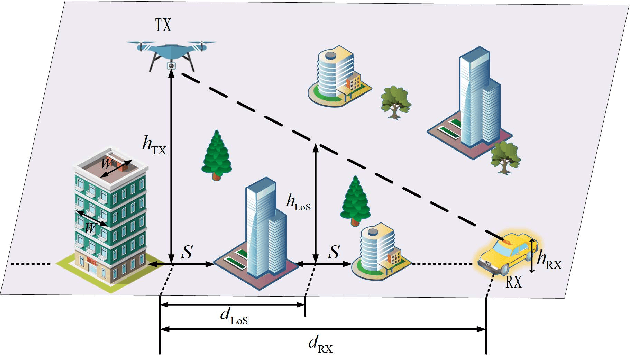
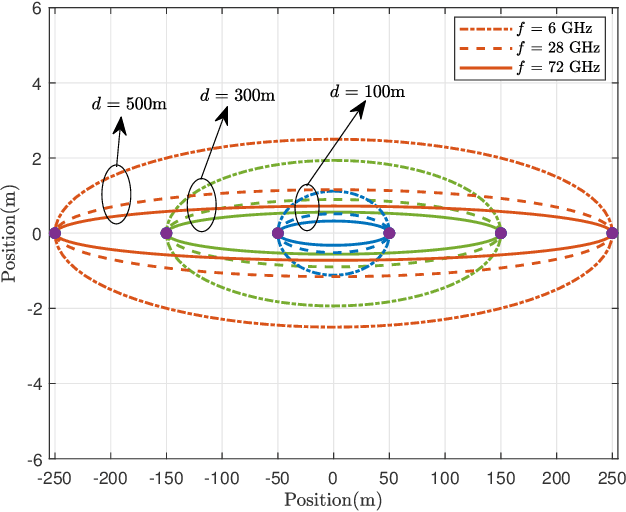
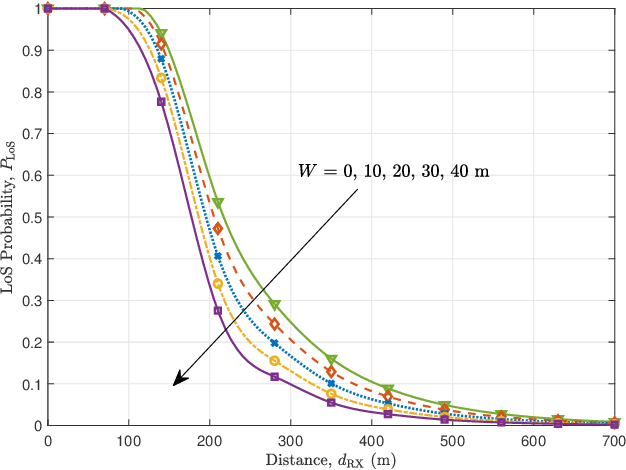
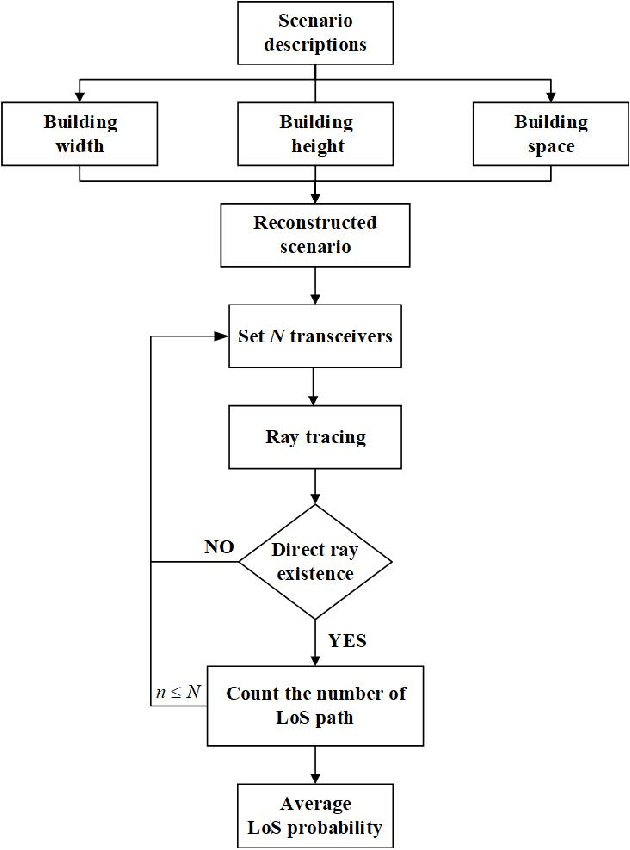
Abstract:Based on the three-dimensional propagation characteristic under built-up scenarios, a height-dependent line-of-sight (LoS) probability model for air-to-ground (A2G) millimeter wave (mmWave) communications is proposed in this paper. With comprehensive considerations of scenario factors, i.e., building height distribution, building width, building space, and the heights of transceivers, this paper upgrades the prediction method of International Telecommunication Union-Radio (ITU-R) standard to both low altitude and high altitude cases. In order to speed up the LoS probability prediction, an approximate parametric model is also developed based on the theoretical expression. The simulation results based on ray-tracing (RT) method show that the proposed model has good consistency with existing models at the low altitude. However, it has better performance at the high altitude. The new model can be used for the A2G channel modeling and performance analysis such as cell coverage, outage probability, and bit error rate of A2G communication systems.
Machine Learning-Based 3D Channel Modeling for U2V mmWave Communications
Sep 05, 2021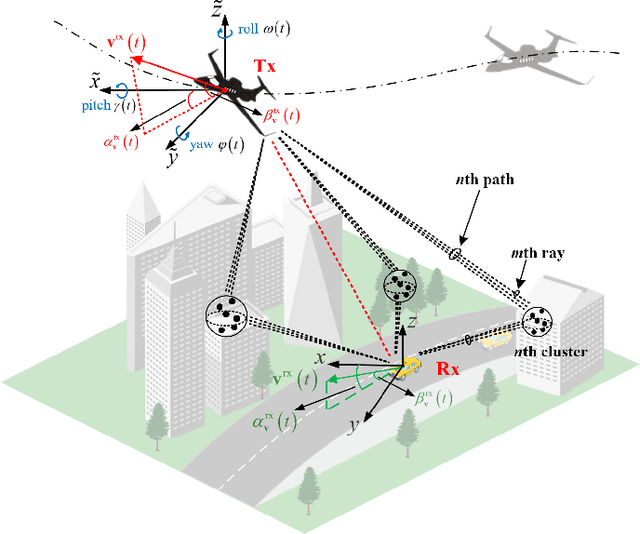



Abstract:Unmanned aerial vehicle (UAV) millimeter wave (mmWave) technologies can provide flexible link and high data rate for future communication networks. By considering the new features of three-dimensional (3D) scattering space, 3D velocity, 3D antenna array, and especially 3D rotations, a machine learning (ML) integrated UAV-to-Vehicle (U2V) mmWave channel model is proposed. Meanwhile, a ML-based network for channel parameter calculation and generation is developed. The deterministic parameters are calculated based on the simplified geometry information, while the random ones are generated by the back propagation based neural network (BPNN) and generative adversarial network (GAN), where the training data set is obtained from massive ray-tracing (RT) simulations. Moreover, theoretical expressions of channel statistical properties, i.e., power delay profile (PDP), autocorrelation function (ACF), Doppler power spectrum density (DPSD), and cross-correlation function (CCF) are derived and analyzed. Finally, the U2V mmWave channel is generated under a typical urban scenario at 28 GHz. The generated PDP and DPSD show good agreement with RT-based results, which validates the effectiveness of proposed method. Moreover, the impact of 3D rotations, which has rarely been reported in previous works, can be observed in the generated CCF and ACF, which are also consistent with the theoretical and measurement results.
 Add to Chrome
Add to Chrome Add to Firefox
Add to Firefox Add to Edge
Add to Edge